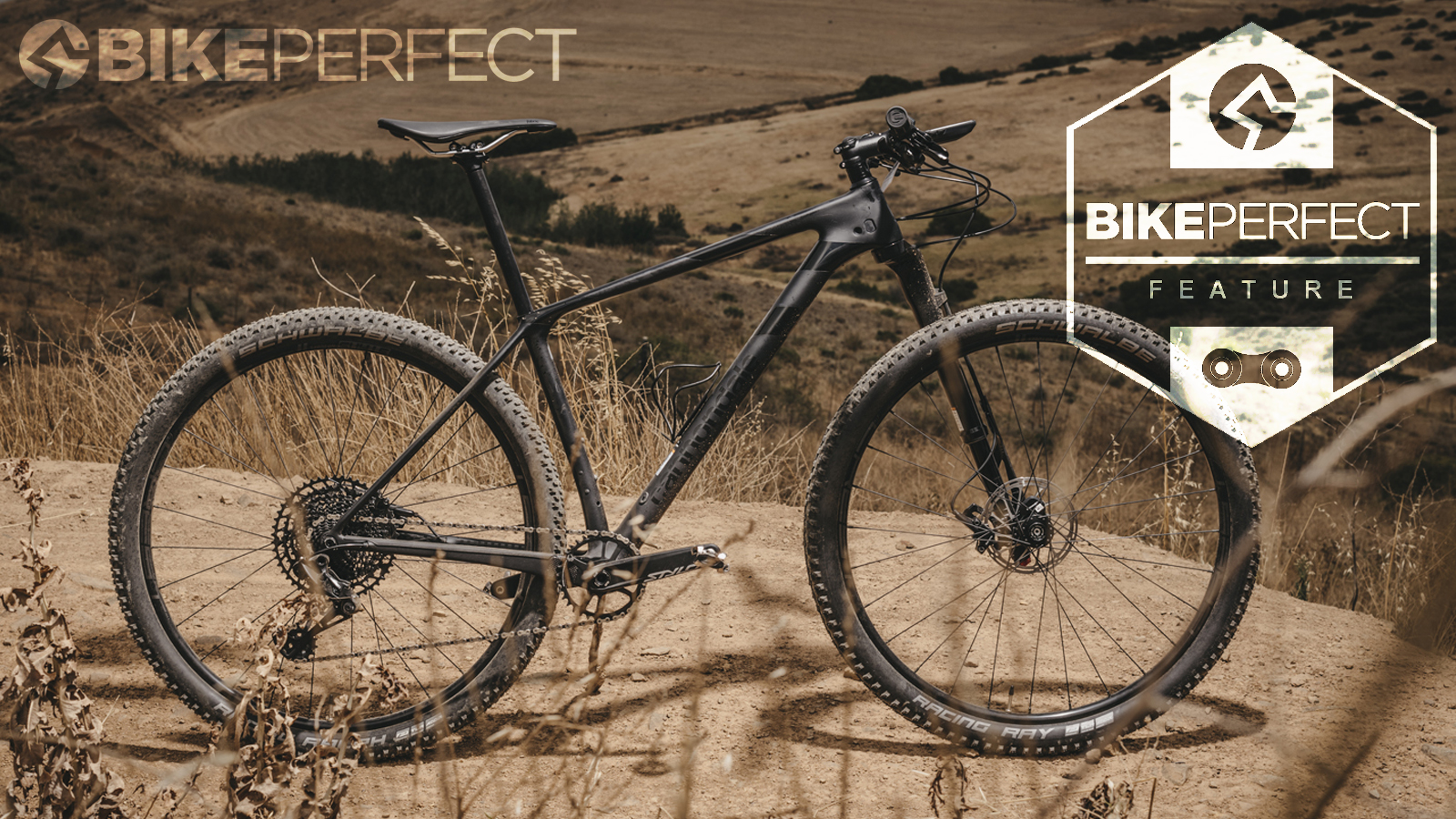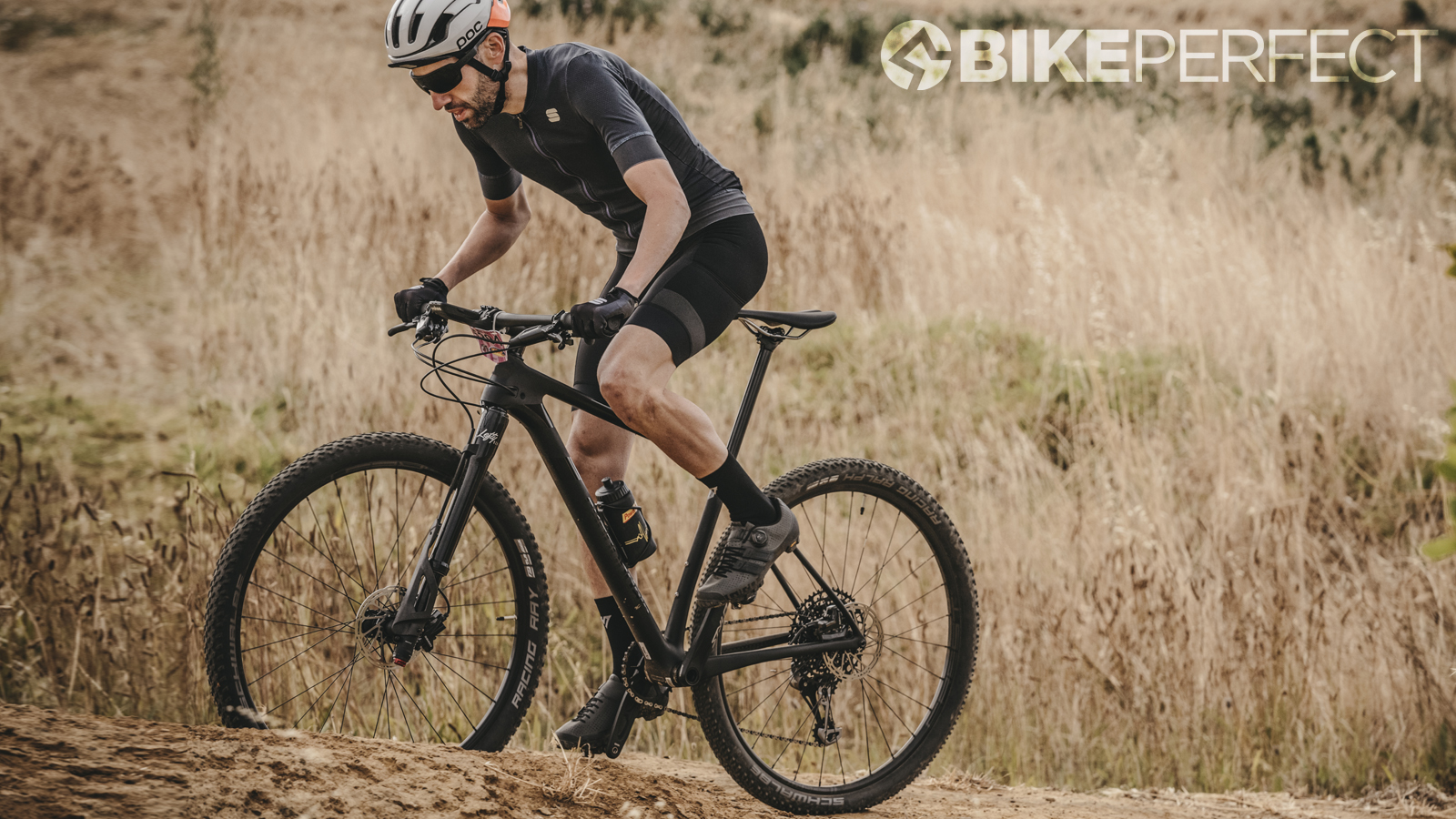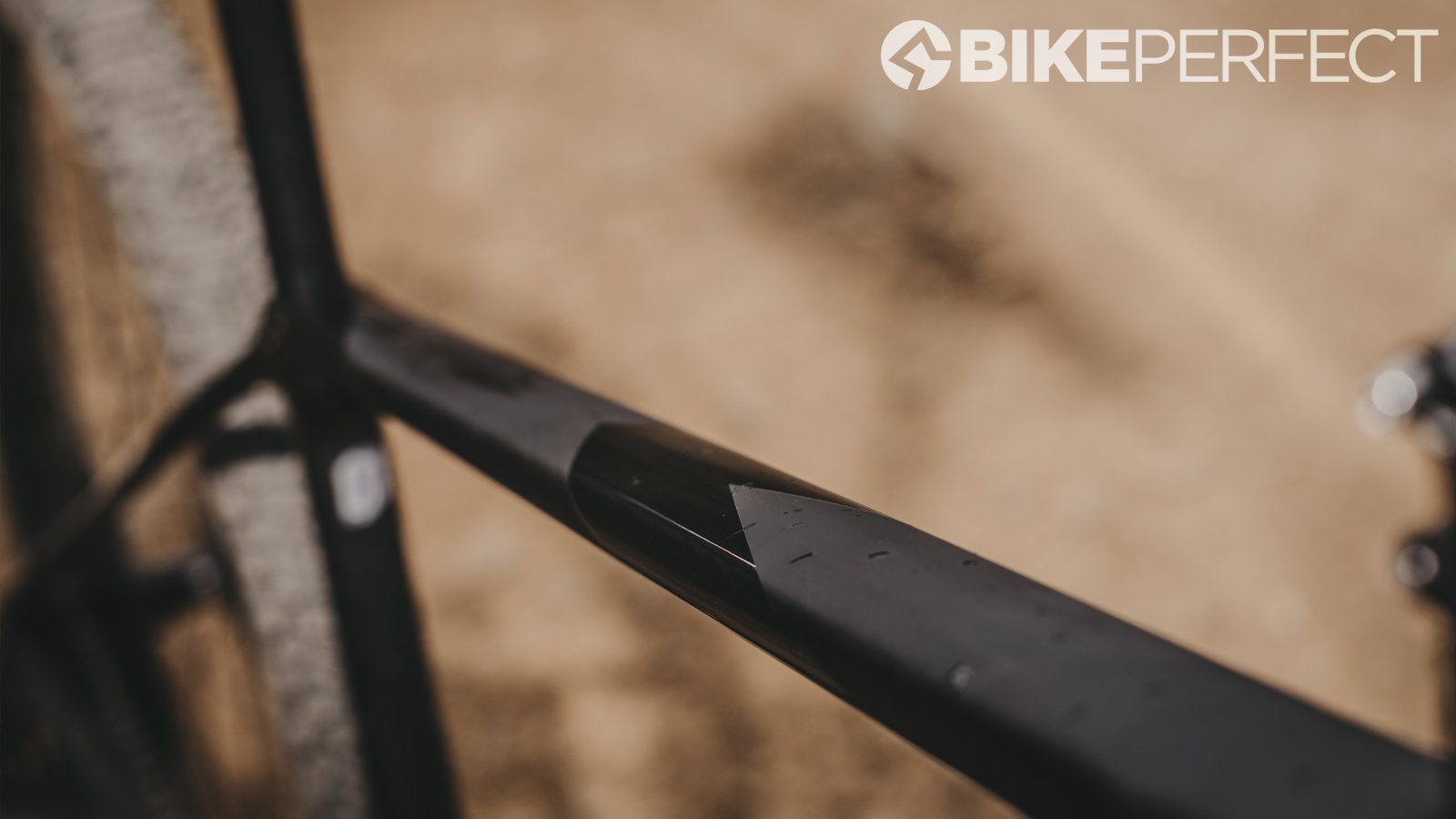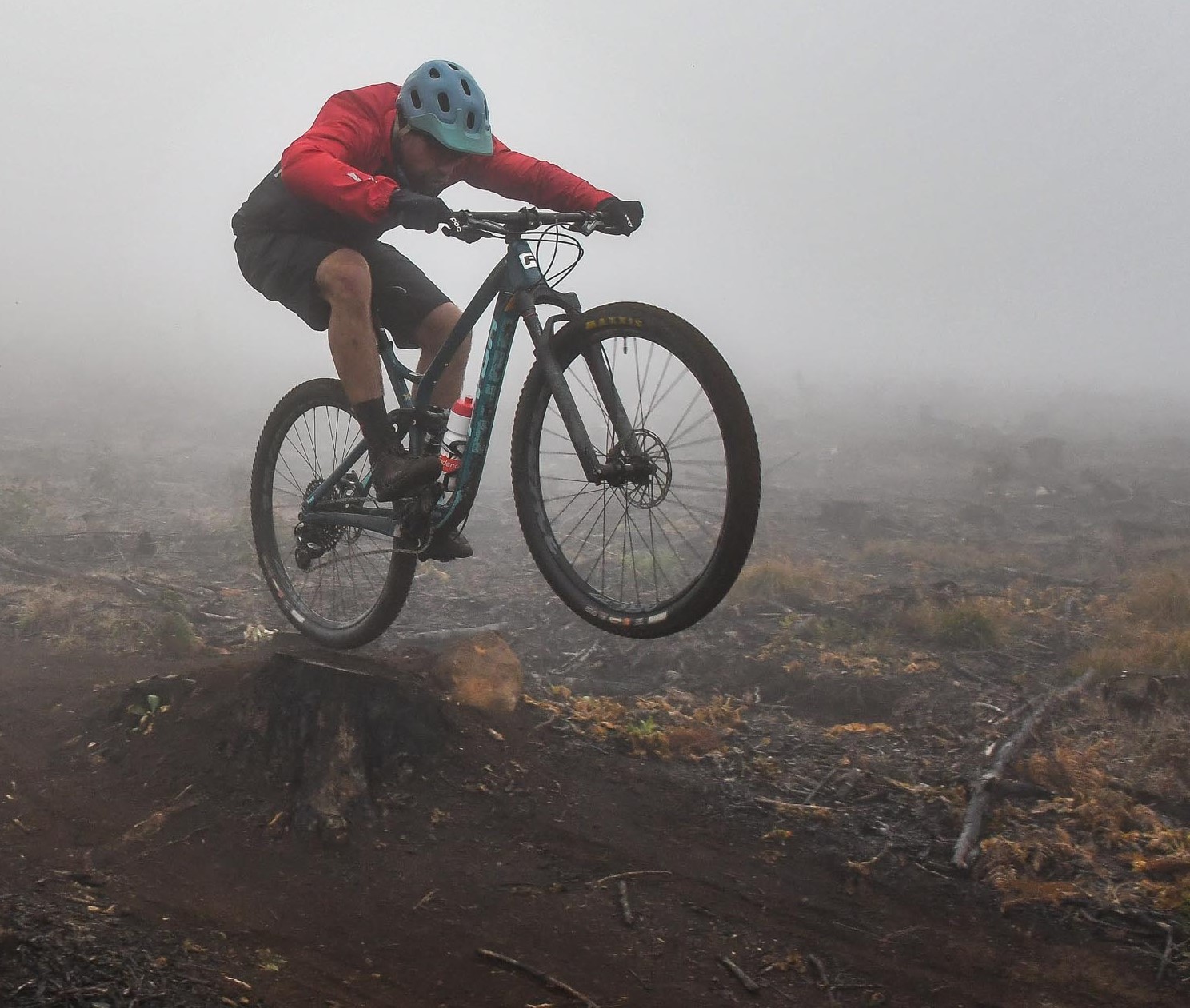What is a hardtail mountain bike?
The hardtail is where mountain biking starts for most riders and offers an efficient ride for advanced riders

If you are on a budget or new to mountain biking, the most recommended option is one of the best hardtail mountain bikes. But what type of mountain bike is a hardtail and how does it influence your riding?
The traditional design of any bicycle uses two triangles, which are joined using the seat tube. This joined triangle structure is steered by a rigid fork on road bikes. Although a hardtail mountain bike has the same basic structure of two adjoining triangles forming its frame, it steers via a suspension fork (though fully rigid hardtails do exist).
Using either a coil spring or air chamber, the suspension fork allows any hardtail mountain bike to absorb terrain impacts and give you control when rolling down rocky terrain or a high-speed section of forest roots.
- Hardtail vs full suspension: How to choose the right type of mountain bike
The original mountain bike concept
The first mountain bikes were fully rigid designs with a steel fork. As suspension technology developed into the early 1990s, the hardtail mountain bike made riding off-road more comfortable and accessible for new converts to mountain biking.
Although the full-suspension mountain bike is considered the pinnacle of design, with an ability to absorb terrain with both wheels, delivering superior control, hardtails remain popular.
Hardtails have many advantages that make them ideal for novice riders or those mountain bikers on a budget.
The first advantage of any hardtail mountain bike is its structural simplicity. Without a complicated rear suspension linkage, there is no additional maintenance cost with a hardtail mountain bike. The best full-suspension bikes require shock servicing and bearing replacements, especially if you live and ride in a very dusty or muddy environment.
Some experienced mountain bikers prefer to ride hardtails due to their lower cost of maintenance season-after-season. This is especially true if you ride every other day.
Not only are hardtail mountain bikes less costly to maintain, but they are also more affordable to purchase. Hardtails often cost half the price of a full-suspension bike with the equivalent component specification. The saving is mainly to do with not having that complicated rear linkage engineering and assembly.
Without a rear shock and suspension linkage, hardtail bikes are also much lighter than a dual-suspension option.

Hardtails might make a lot of sense for your budget, but are they good to ride?
Many coaches recommend that riders start on a hardtail and develop correct cornering and riding techniques by ‘feeling’ the trail and managing correct line choice. Full-suspension mountain bikes can often mask skill deficiency with novice riders, lulling them into a false sense of security and preventing skills development.
Hardtails come in many different configurations. There are ultra-lightweight XC hardtails, which are the most efficient mountain bikes for climbing steep trails. With their low mass, aggressive ascending geometry and lack of rear suspension, carbon-fiber hardtails suffer zero pedal-induced suspension bop. They are the most energy-efficient mountain bikes to pedal up long off-road climbs.
As many experienced bike designers will often say: “good geometry is for free.” This is even truer on hardtails than full-suspension bikes. The hardtail has no rear-suspension packaging to compromise its overall geometry angles and can be built with clever geometry for cheaper.
Some of the most affordable alloy hardtails have very progressive geometry and can ride with amazing confidence on flow trails. A big enabler of the more aggressive descending hardtail has been the introduction of the best dropper posts. Hardtails run straight seat tubes, which can easily accommodate the longest droppers, allowing riders to get in a very stable position on descents and be incredibly smooth and fast through berms.

Hardcore hardtails
Although no hardtail could ever rival the terrain taming ability of a dual-suspension bike, there are a group of niche steel hardtails designed for riding very steep and technical cross-country mountain biking trails.
These hardcore hardtails run long-travel forks (140-160mm) and have very bold geometry. Being steel, the hardcore hardtails are impressively durable, easily surviving rock impact strikes if you crash. They can be easily repaired and promise great longevity.
Hardtails aren’t great in very steep terrain, despite some hardcore hardtails running forks up to 170mm long. Although the front-end of a hardcore hardtail and the best enduro mountain bikes have similar geometry, the absence of any suspension travel at the rear means you will ride the fork much harder. And that risks overwhelming the rear of the bike, which could mean many flat tires and broken rims.
Hardtails are great at teaching new riders the correct riding technique by not spoiling them with the compensating influence of rear suspension. Hardtails are more intolerant of poor riding techniques and will develop singletrack a rider's skills much quicker.
Without the terrain absorbing effect of a rear-suspension linkage, hardtails are more sensitive to tire pressure settings. You don’t want to go too soft and risk rim damage, but real gains can be made by experimenting with rear tire pressure on your hardtail, balancing the need for traction and wheel protection.
Hardtails are also more affordable, not only to purchase but also to maintain. Despite the terrific advances made with full-suspension mountain bikes, the hardtail remains an integral part of any rider’s development.

Lance Branquinho is a Namibian-born journalist who graduated to mountain biking after injuries curtailed his trail running. He has a weakness for British steel hardtails, especially those which only run a single gear. As well as Bike Perfect, Lance has written for MBR.com, Off-Road.cc and Cycling News.
